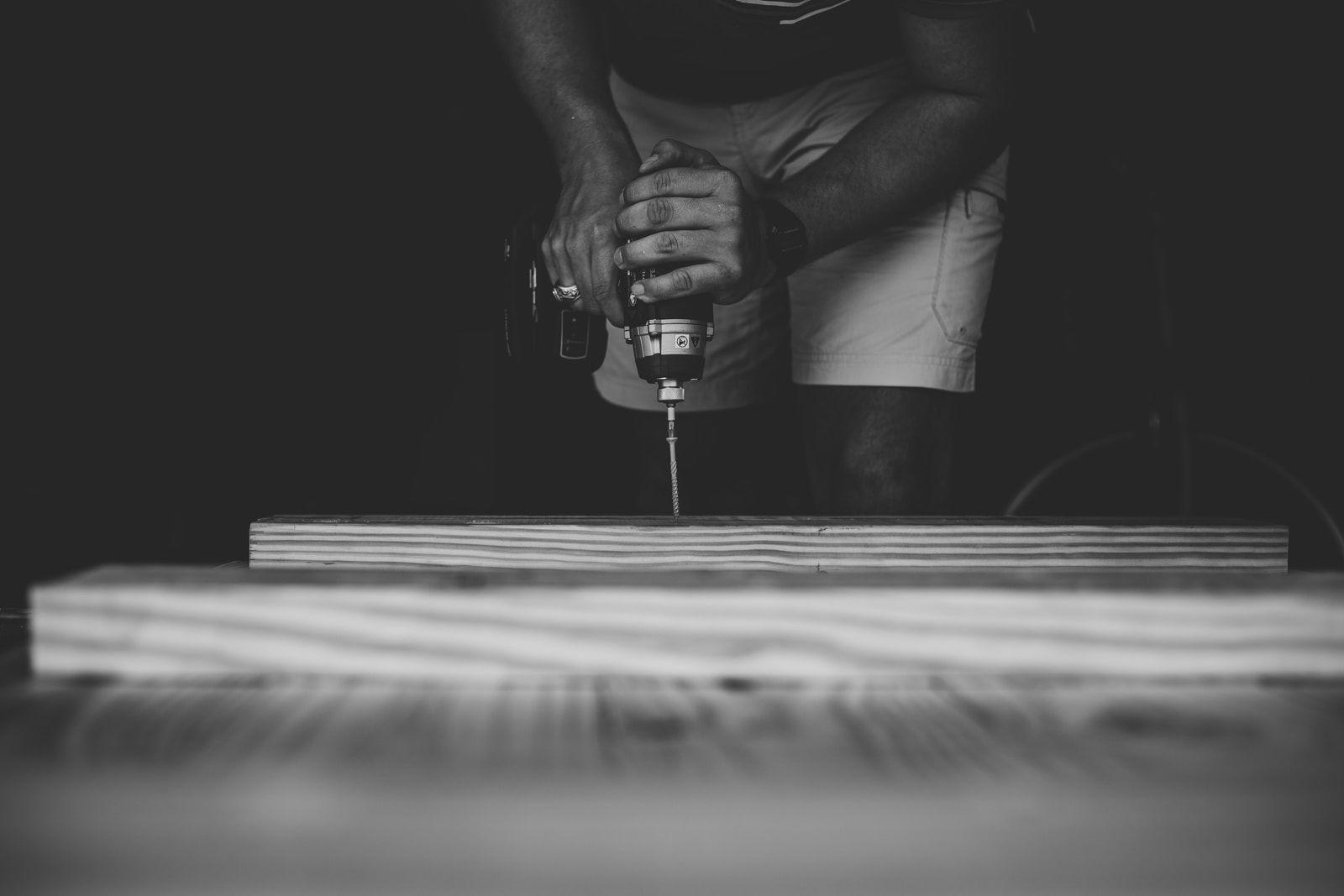If you would indulge me in the carpentry metaphor for just a minute…
Pilot holes are holes that you drill into a material (usually wood in my case) for accuracy and to prevent the wood from cracking when you insert the screw. There are other benefits to them, but the primary reasons are to provide a guide for where the screw must ultimately go and to make sure that the wood doesn’t split when the screw is driven into it.
Countersinks – cone-shaped holes created at the top of the pilot hole to fit the head of the screw – serve a similar purpose. As the screw head enters the wood, it can push the fibres further apart and cause breakage unless there’s a countersink for it to fit into. The other reason you would use a countersink is to make sure the screw head sits inside the wood and doesn’t stick out – this is both more aesthetically pleasing and prevents burrs, or the sharp edges of the screw, from jutting out and causing problems.
When drilling a screw through a piece of wood, you would generally start with a pilot hole, making sure to use a drill bit a few millimetres thinner than the thread of the screw. Then you would use your countersink drill bit to create the conical hole to house the head of the screw. If you’re really well-kitted out you would have a specialised drill bit that combines both of these functions in one unit.
With these guiding holes drilled, you can then insert your screw. If you have done it all correctly you should end up with a screw that has gone in straight, hasn’t caused any cracks or breakage, and sits with the top of its head flush with the outer surface of the wood. It looks great and you won’t have to deal with the sharp edges of the screw head. Nice work!
When managing or building a community you need to make sure there are people that you can rely on to make sure your plans and initiatives go smoothly. They will help ensure that your proposals are accepted in the way that you intended, don’t cause any splits or breakage, leave your community in better shape than when you started, and don’t leave any rough edges that can cause problems later on.
Who are the pilot holes and countersinks in your community? Find them, nurture them, and empower them to do more.





Leave a Reply